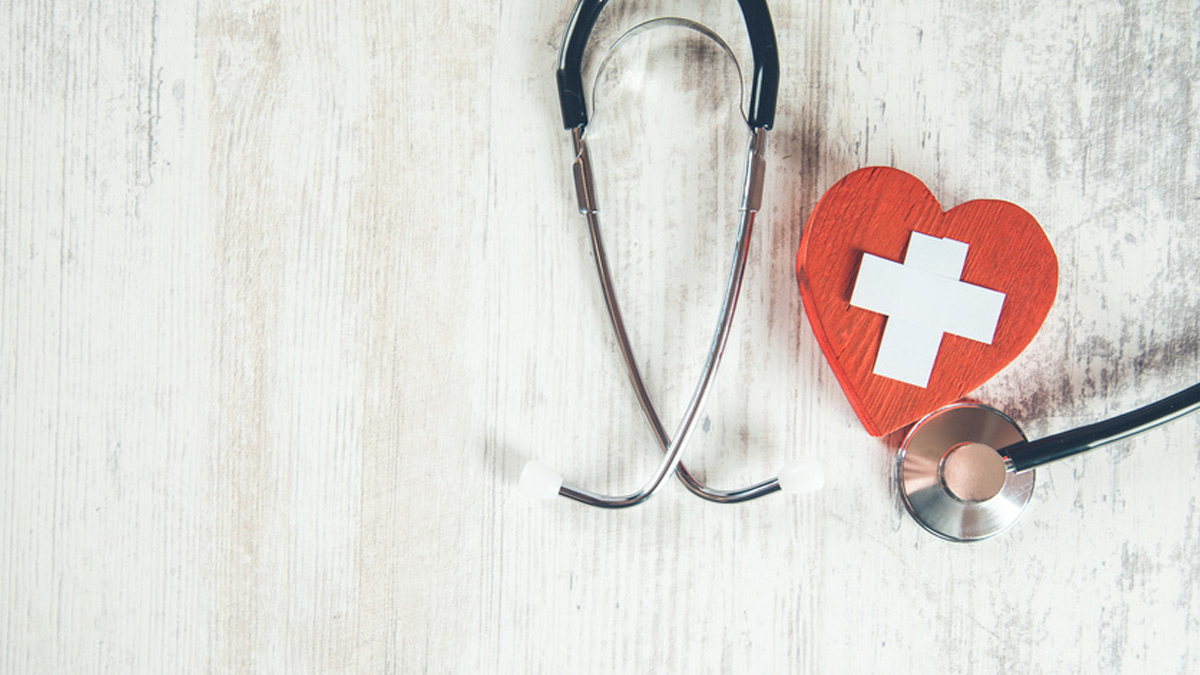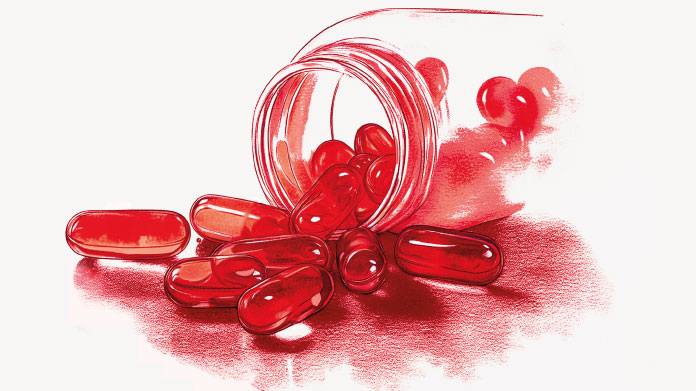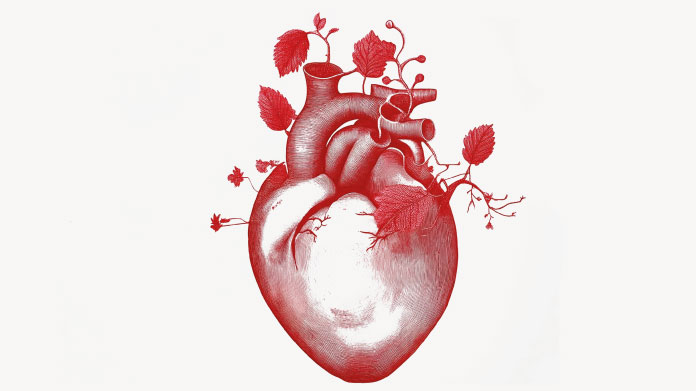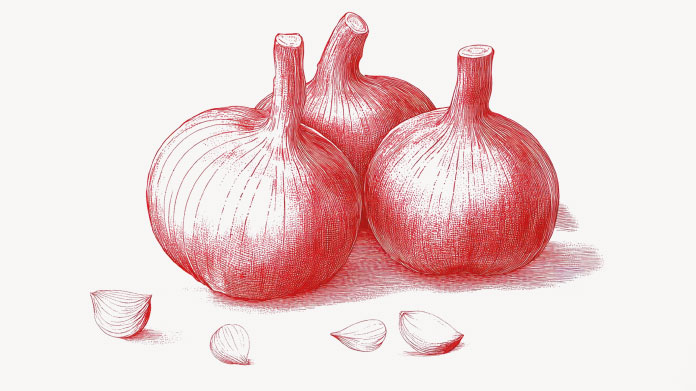Everything you need to know about good and bad cholesterol!
Some explanation is needed then to clarify exactly what is meant by cholesterol, hypercholesterolaemia, ‘good’ and ‘bad’ cholesterol and a cholesterol-lowering diet.

What exactly is cholesterol?
Before we get onto the difference between ‘good’ and ‘bad’ cholesterol, it’s worth restating the definition of cholesterol. As its name suggests, it is a sterol! In other words, cholesterol is a lipid, a macronutrient which the body needs to ensure certain essential functions. For example, cholesterol forms part of the composition of cell membranes, it is involved in synthesising bile salts essential for lipid digestion and it acts as a precursor in the production of several molecules. In particular, cholesterol plays a part in the synthesis of vitamins and hormones: vitamin D, cortisol, progesterone, testosterone …
What is hypercholesterolaemia?
While cholesterol is essential for a number of the body’s functions, excessive levels present risks to health. This is what specialists term hypercholesterolaemia, a metabolic disorder and one of the leading risk factors for cardiovascular disease. In excess, cholesterol accumulates on artery walls leading to the formation of fatty plaques called atheroma. Known as atherosclerosis, this generally manifests in hypertension and can result in serious health complications including stroke and heart attack …
How are ‘good’ and ‘bad cholesterol defined?
You’ve no doubt heard of ‘good fats’ and ‘bad fats’, which are distinguished by their chemical structure. You might imagine that it’s the same for ‘good’ cholesterol and ‘bad’ cholesterol, yet the difference between them is of quite a different order. Contrary to common perception, they are in fact two transporters of cholesterol. Biochemically, they are described as lipoproteins – complexes of lipids and proteins which enable fats to be transported in the bloodstream. ‘Good’ cholesterol refers to high-density lipoprotein or HDL-cholesterol, while ‘bad’ cholesterol corresponds to low-density lipoprotein or LDL-cholesterol.
Why distinguish between the two?
Specialists advise us to distinguish between ‘good’ and ‘bad’ cholesterol as the latter promotes the accumulation of cholesterol in the blood, while the former enables it to be broken down in the liver. LDL-cholesterol is thus termed ‘bad’ because it transports cholesterol towards the body’s tissues, while HDL-cholesterol is ‘good’ because it carries it towards the liver where it is eliminated. A high level of ‘bad’ cholesterol is often symptomatic of a diet that’s too high in cholesterol, hypercholesterolaemia and increased risk of cardiovascular disease.
What is a cholesterol-lowering diet?
In the case of hypercholesterolaemia, doctors generally recommend adopting a cholesterol-lowering diet to reduce the risk of health problems. The top 10 anti-cholesterol foods include fish high in omega-3 fatty acids, pulses, and antioxidant-rich fruit and vegetables. In recent years, scientific research has also identified other natural anti-cholesterol products. Among them are red yeast rice, a traditional product from the Chinese pharmacopoeia which can lower levels of ‘bad’ cholesterol, and policosanol, a compound extracted from sugar cane which reduces total cholesterol levels via different mechanisms. Scientific research on ‘good’ and ‘bad’ cholesterol has also led to the formulation of Sytrinol™, a natural anti-cholesterol supplement the efficacy of which has been recognised by a number of clinical studies.
Keywords
16 Hours
Prompt delivry !!👍
Prompt delivry !!👍
SWEET Christine
1 Days
Good delivery and flawless quality
AS far as delivery and the visual quality are concerned, Supersmart is excellent. I will not comment on the efficacy of the products themselves, since that is only possible over a longer period and in a large customer base compared to people who do not consume a particular product.
Roger De Backer
2 Days
Perfect services
Perfect services, perfect support, great articles about products
Michaela Alali Beitlová
2 Days
Great experience and effective supplements
I’ve purchased many types of supplements from this company over the course of years to treat a few issues, and I’m satisfied with their quality. After using them consistently for a period of time, I can say they met my expectations and I could feel real health benefits that built up over time. Deliveries are always quick. I recommend this company to anyone looking for high-quality supplements.
Giordano
3 Days
Es hat alles gestimmt
Es hat alles gestimmt. Top
marina thieme
6 Days
Great product
Great product, but still evaluating its effectiveness. Highly recommended. Super efficient delivery.
Chalise
10 Days
Quality products
Quality products , efficient and effective customer service. You can’t ask more
CLaudia
16 Days
Good quality product and customer service.
So far, I'm liking this product, and the customer service was very good.
ELZL
22 Days
The products I use are excel·lent
The products I use are excel·lent
ROSAS Josep Maria
30 Days
Delivery is prompt and I never saw a…
Delivery is prompt and I never saw a quality problem with the manufacturing. It is not possible to assess efficacy on a personal basis, since too many factors come into play. Efficacy can only be assessed statistically with a sufficient number of cases.
Roger De Backer
31 Days
I collaborates with the Supersmart…
I collaborates with the Supersmart more than 10 years. Every thing is going good. Quality of the things is good. Delivery comes in time. Five stars definitely !!!
Oleksiy
32 Days
All good
Simple, frictionless site, easy ordering, good delivery updates and execution.
Chris Robbins
34 Days
I feel better
I feel better
Peter Ammann
34 Days
Prompt delivery
Prompt delivery
JAKUB Radisch
35 Days
My new go-to for top quality supplements!
I am buying more and more of my supplements from this superb, high quality company. Cannot recommend it enough. Plus, excellent customer service with a quick, helpful team and speedy deliveries. Highly recommend Supersmart!
Cecilie H.
of experience
your money back
##montant## purchase



